In Bed with Others
In Bed with ‘Others’ proposes a speculative reading of archaeology in regard to theories of matrilineality in prehistoric societies. Marija Gimbutas, a Lithuanian archaeologist, based on the findings of numerous female figurines of led-by-her excavations in the ‘50s, and comparing these with mythology and folklore, concluded that Old European prehistoric societies were woman-centered organised under the common belief in the Great Goddess (or else, the Earth Mother – Gaia). In 1972 chemist James Lovelock, formulated the Gaia Hypothesis, where Gaia is the planetary life system, putting in perspective those prehistoric beliefs about death and regeneration to the early questions about the modern environmental pollution, which started formulating in the 70s. Recently, Bruno Labour published the book ‘Facing Gaia’ placing the whole discourse under the current light of climate change.
According to feminist theorist Rosie Braidotti, the challenge in the anthropocene, the historical moment when the human has become a geological force capable of affecting all life on this planet, is the de-centring of not only the ‘Man’, but the ‘Anthropos’ in general, the former measure of all things. The point is a new kind of understanding where we replace the binary opposition of man vs woman, or culture/technology vs nature, and, in general we and ‘the other’, and stress instead a non-dualistic understanding of the self-organizing (or auto-poietic) force of living matter. This makes me think that these figures of the prehistoric findings may be not simply resonate a strong female voice in a patriarchal society, but a celebration of ‘otherness’ in general, an inclusion of all kind of ‘others’. Exclusion and alienation lay in the core of all human suffering. Being entangled in such a separative ontology, we tend to exclude from the normative society not only people who are different, but also parts of ourselves that don’t fit the image of the ideal person we have built for us.
In Bed with ‘Others’ is an installation consisting of drawings of the prehistoric figures unearthed by Marija Gimbutas made with natural dyes and earth pigments onto cotton textiles, including pillows and bedsheets. People are invited to cuddle and spend intimate time with these ‘others’, reflecting on who these others are, and unlearn operating under this separative ontology. The installation has been part of public programs as a soft infrastructure to reflect on an upon, in Formats of Care, the Making Futures School and Cosmopolis #2: rethinking the human in Centre Pompidou.
The research for this project has been supported by the NTU CCA artist residency in Singapore.
-

-
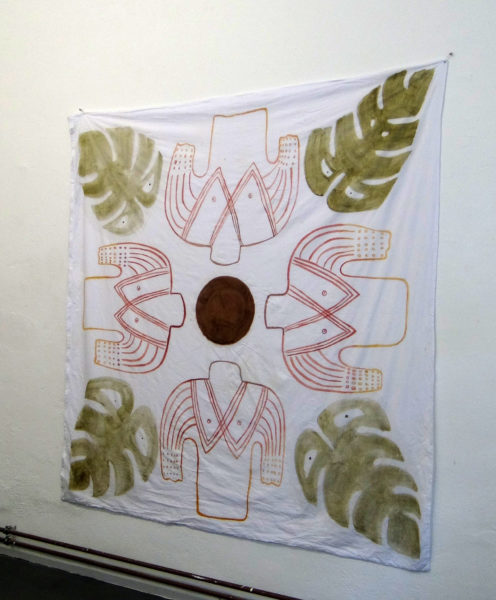
-
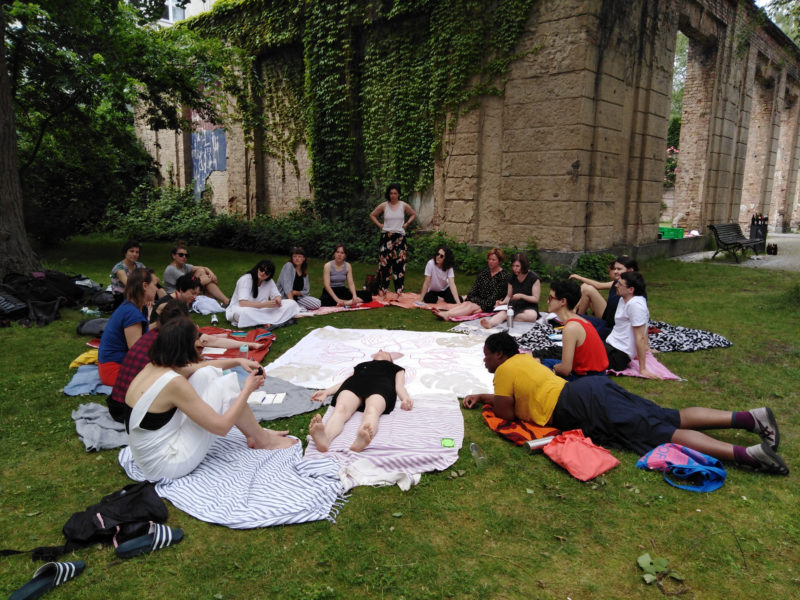
In Formats of Care, Floating University and UdK Berlin, curated by Rosario Talevi and Gilly Karjevsky, 2019
-
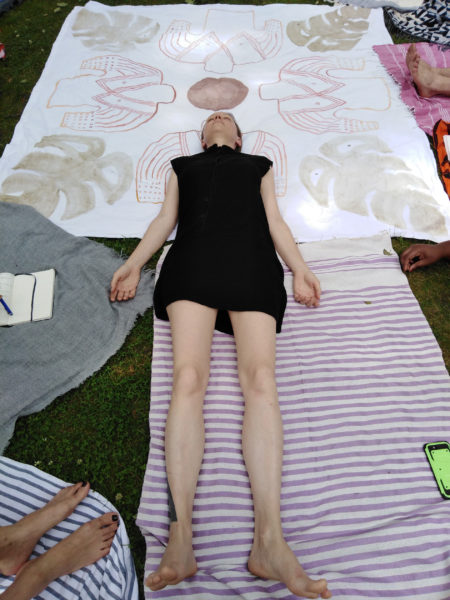
-
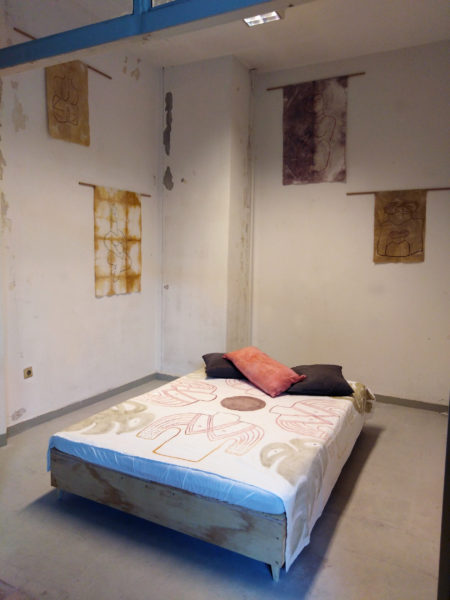
iN Making Futures School, Haus Der Statistik, September 2019
-
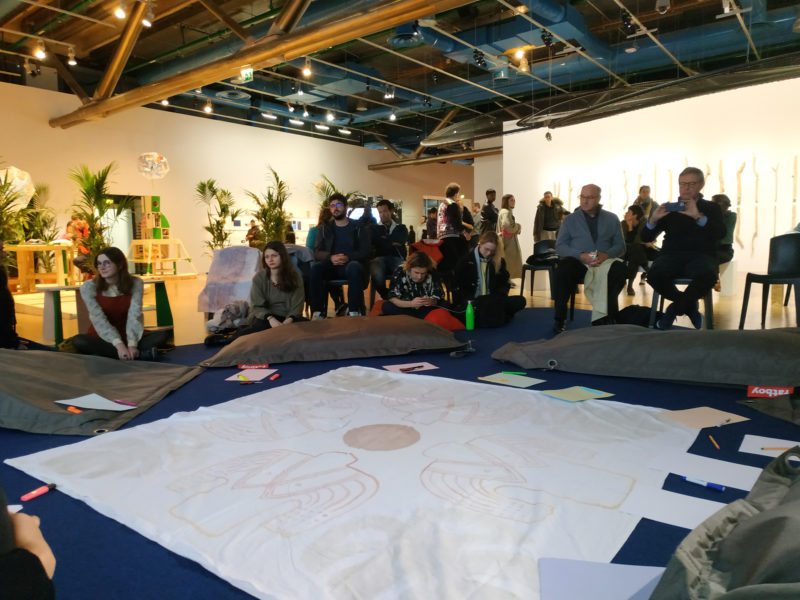
In Cosmopolis #2: Rethinking the Human, curated by Kathrin Weir an Centre Pompidou in Paris, in collaboration with NA!fund. (photos: Chiara Sgaramela)
-
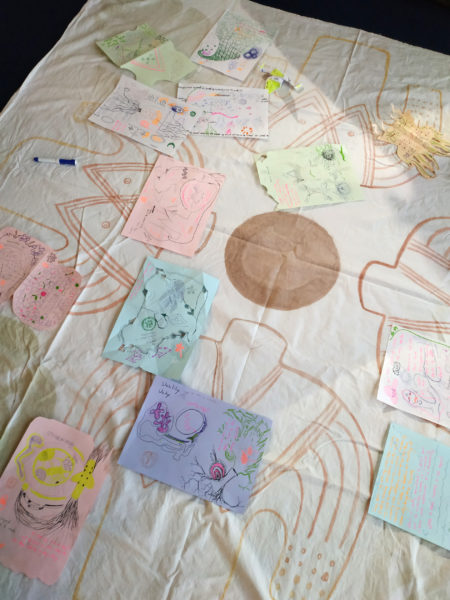
-
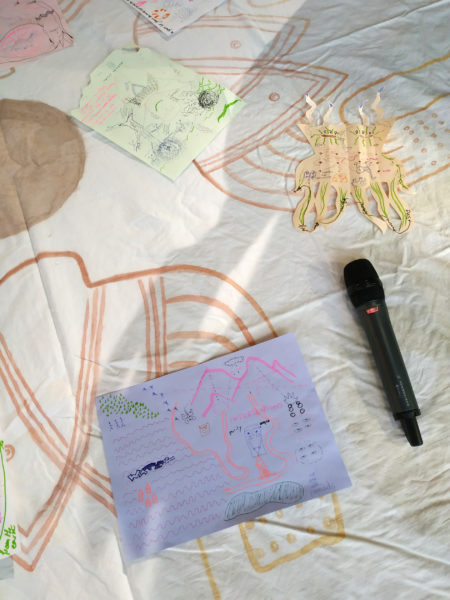
-
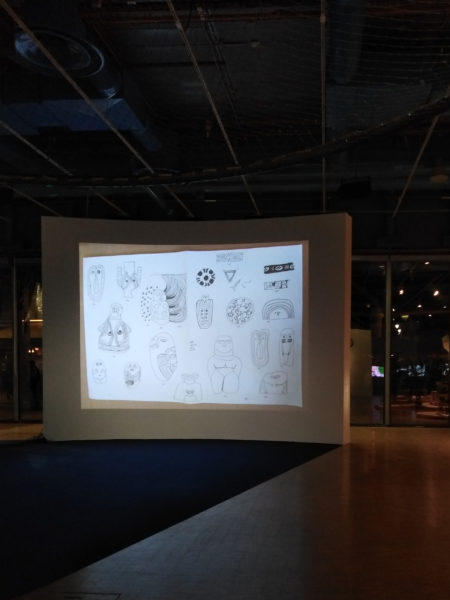
In Cosmopolis #2: Rethinking the Human, curated by Kathrin Weir an Centre Pompidou in Paris, in collaboration with NA!fund.